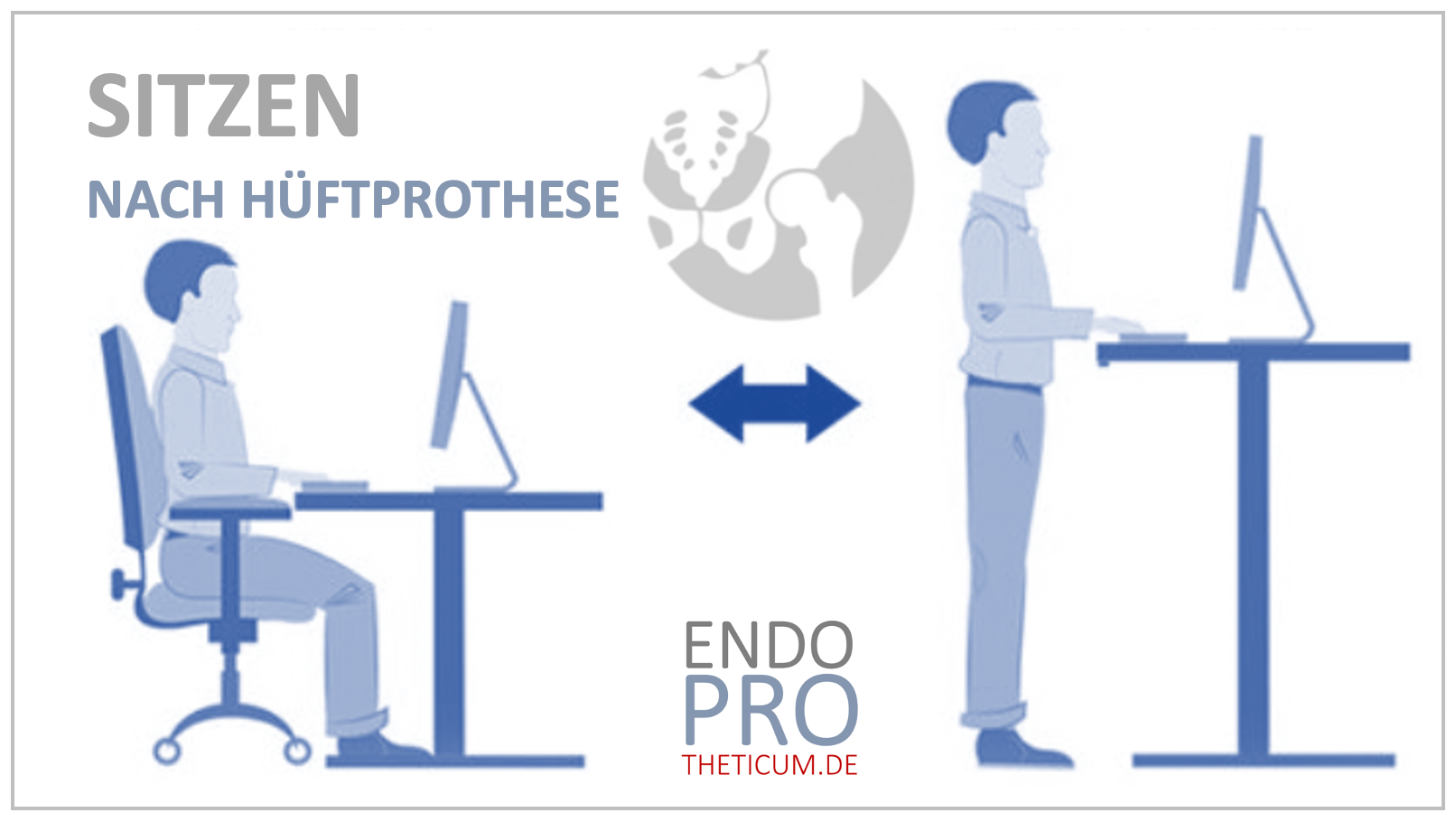Outpatient vs. inpatient rehabilitation after joint replacement: Which is better?
Outpatient vs. inpatient rehab

Rehabilitation after joint replacement is an important step towards recovery and regaining full functionality of the affected joint. An important decision that patients and their doctors must make is whether rehabilitation should take place on an outpatient or inpatient basis. In this blog post, we will compare the pros and cons of both approaches to help you decide which is best for you.
Outpatient rehabilitation after joint replacement
Outpatient rehabilitation after joint replacement occurs outside of the hospital, usually in an outpatient facility or at home. Here are some of the benefits of this approach:
- Flexibility : Outpatient rehabilitation offers more flexibility in scheduling and location because patients are not tied to an inpatient stay.
- Individualized care : Patients receive individualized care and can tailor their rehabilitation plan to their specific needs.
- Continuity of care : Outpatient rehabilitation enables seamless integration of rehabilitation measures into patients' everyday lives, resulting in continuous and effective care.
Inpatient rehabilitation after joint replacement
Inpatient rehabilitation after joint replacement takes place in a specialized facility or rehabilitation center and involves a longer hospital stay. Here are some of the benefits of this approach:
- More intensive care : Patients receive more intensive monitoring and care from medical professionals around the clock.
- Structured Rehabilitation Plan : Inpatient programs often offer a more structured rehabilitation plan with scheduled therapy sessions and activities.
- Peer support : Staying in a rehabilitation clinic allows patients to interact with like-minded people, which often leads to an increased feeling of motivation and support.
Which approach is better?
The choice between outpatient and inpatient rehabilitation depends on several factors, including the patient's health status, the type of joint replacement, and the availability of home support. Some patients may prefer the flexibility of outpatient rehabilitation, while others may benefit from the more intensive care and structure of inpatient rehabilitation.
Conclusion
Both approaches have their advantages and disadvantages, and the decision should be made individually, based on the patient's needs and preferences as well as the recommendations of the treating physician. Regardless of the option chosen, consistent participation in rehabilitation is critical to successful recovery from joint replacement.
MAKE AN APPOINTMENT?
You are welcome to make an appointment either by phone or online .



























